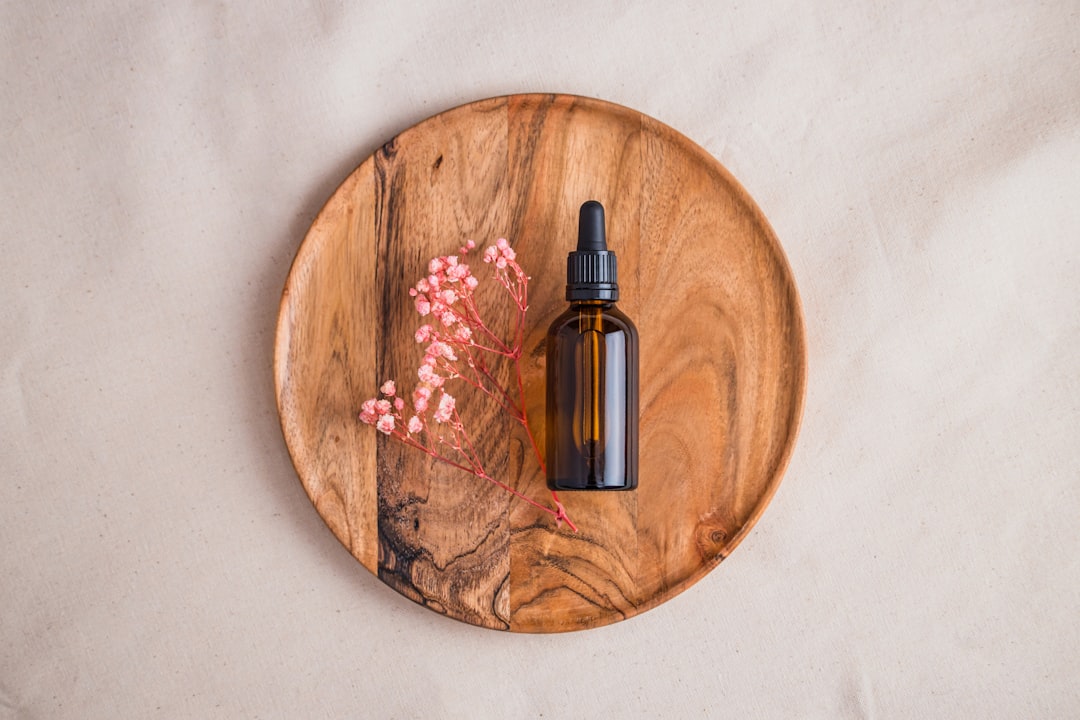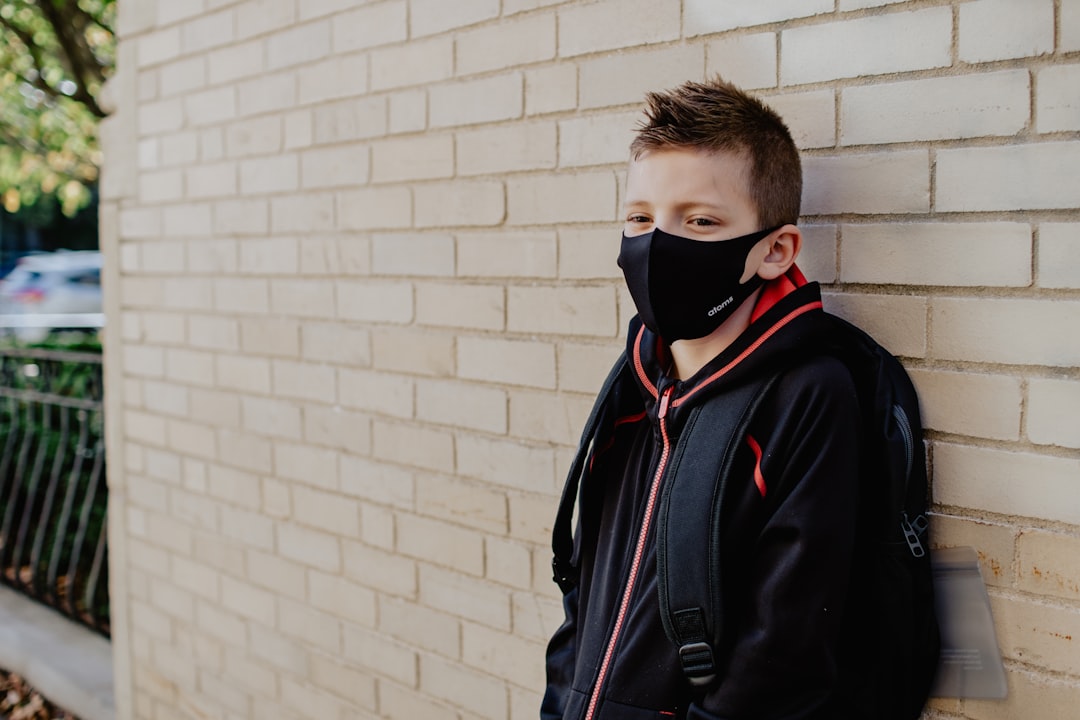DIY lotion bars have become increasingly popular in recent years as people seek natural and sustainable alternatives to commercial skincare products. Lotion bars are a convenient and mess-free way to moisturize the skin, and they are also easy to make at home with just a few simple ingredients. These bars are solid at room temperature but melt upon contact with the skin, providing a luxurious and nourishing moisturizing experience. They are also highly customizable, allowing you to tailor the ingredients and scents to your personal preferences. Whether you have dry, sensitive, or normal skin, lotion bars can be a great addition to your skincare routine.
Summary
- DIY lotion bars are a fun and easy way to create your own moisturising skincare product at home.
- Cocoa butter and coconut oil are natural ingredients that offer numerous benefits for the skin, including hydration and nourishment.
- Making your own lotion bar involves melting the ingredients, adding essential oils if desired, and pouring the mixture into moulds to set.
- To use lotion bars, simply rub them between your hands or directly onto your skin to release the moisturising properties.
- Store your lotion bars in a cool, dry place and consider using airtight containers to preserve their quality for longer.
Benefits of Cocoa Butter and Coconut Oil for the Skin
Cocoa butter and coconut oil are two key ingredients in DIY lotion bars, and for good reason. Cocoa butter is a rich and creamy fat derived from the cocoa bean, and it is known for its moisturizing and nourishing properties. It is high in fatty acids, which help to hydrate the skin and improve its elasticity. Cocoa butter also contains antioxidants that can help to protect the skin from environmental damage and reduce the signs of aging. Coconut oil, on the other hand, is a versatile and multi-purpose oil that is well-loved for its moisturizing and antibacterial properties. It is easily absorbed by the skin, making it an excellent emollient, and it also contains lauric acid, which has antimicrobial and anti-inflammatory effects. Together, cocoa butter and coconut oil make a powerful duo for keeping the skin soft, smooth, and healthy.
How to Make Your Own Lotion Bar
Making your own lotion bar is a simple and rewarding process that allows you to customize the ingredients to suit your skin’s needs. To make a basic DIY lotion bar, you will need cocoa butter, coconut oil, and beeswax as the main ingredients. Start by melting equal parts of cocoa butter, coconut oil, and beeswax in a double boiler or microwave. Once melted, you can add a few drops of essential oils for fragrance, such as lavender, rose, or citrus. Pour the mixture into silicone molds or a shallow pan lined with parchment paper, and allow it to cool and solidify at room temperature or in the refrigerator. Once solid, you can pop the lotion bars out of the molds and store them in a tin or jar for easy use. The process is quick and easy, and you can experiment with different oils, butters, and scents to create your perfect lotion bar.
Tips for Using Lotion Bars
Using a lotion bar is a simple and enjoyable experience, but there are a few tips to keep in mind to get the most out of your homemade creation. To use a lotion bar, simply hold it in your hands and allow the natural heat from your skin to soften the bar slightly. Then, rub the bar directly onto your skin, focusing on dry areas such as elbows, knees, and heels. The bar will melt upon contact with your skin, leaving behind a thin layer of moisturizing oils. Massage the oils into your skin until fully absorbed, and enjoy the nourishing benefits of the natural ingredients. Lotion bars are also great for massages, as the gentle pressure helps to release more of the moisturizing oils onto the skin. Additionally, you can use a lotion bar as a solid perfume by rubbing it onto pulse points for a subtle and natural fragrance.
Storing and Preserving Your Lotion Bar
Proper storage is essential for preserving the quality and shelf life of your DIY lotion bar. Since lotion bars are made with natural ingredients and do not contain preservatives, they are best stored in a cool, dry place away from direct sunlight. A tin or jar with a tight-fitting lid is ideal for storing lotion bars, as it will protect them from moisture and air exposure. If you live in a warm climate or during the summer months, you may want to keep your lotion bars in the refrigerator to prevent them from melting. When properly stored, lotion bars can last for several months to a year, depending on the freshness of the ingredients used. To ensure the longevity of your lotion bar, it’s important to use clean hands when applying it to prevent contamination.
Alternatives and Variations for Lotion Bars
While cocoa butter and coconut oil are popular choices for DIY lotion bars, there are many other ingredients that you can use to create unique variations tailored to your skin’s needs. Shea butter is a great alternative to cocoa butter, as it has similar moisturizing properties but with a lighter texture. Mango butter is another excellent option that is rich in vitamins A and E, making it ideal for nourishing and protecting the skin. For those with sensitive skin or allergies, you can use alternative oils such as almond oil, jojoba oil, or avocado oil in place of coconut oil. You can also add other beneficial ingredients such as vitamin E oil for its antioxidant properties, or colloidal oatmeal for soothing irritated skin. Additionally, you can experiment with different essential oils to create custom scents that suit your preferences.
Conclusion and Final Thoughts
DIY lotion bars are a wonderful addition to any skincare routine, offering a natural and sustainable way to moisturize and nourish the skin. With their simple ingredients and easy preparation, they are an accessible option for those looking to reduce their reliance on commercial skincare products. The combination of cocoa butter and coconut oil provides a luxurious and effective base for lotion bars, but there are endless possibilities for customization with other oils, butters, and additives. Whether you have dry, sensitive, or normal skin, you can tailor your lotion bar to meet your specific needs and preferences. By following proper storage practices and using clean hands when applying the lotion bar, you can enjoy its benefits for months to come. With their versatility and effectiveness, DIY lotion bars are sure to become a staple in your self-care routine.
Discover the importance of a morning vs night skincare routine and how it can benefit your skin in our insightful article on Best Skincare Products. Understanding your skin type, issues, and solutions is crucial for achieving clear and healthy skin. Learn more about this topic in our comprehensive guide on the website. Click here to explore these informative articles and take your skincare routine to the next level.
FAQs
What are the benefits of using a DIY cocoa butter and coconut oil lotion bar?
Using a DIY cocoa butter and coconut oil lotion bar can help moisturize and nourish the skin, leaving it feeling soft and smooth. Cocoa butter is known for its hydrating properties, while coconut oil is rich in fatty acids that can help improve skin elasticity.
How do you make a DIY cocoa butter and coconut oil lotion bar?
To make a DIY cocoa butter and coconut oil lotion bar, you will need cocoa butter, coconut oil, and beeswax. Melt the ingredients together, pour the mixture into a mold, and allow it to cool and harden. Once solid, the lotion bar can be used by rubbing it onto the skin, where body heat will melt a small amount of the bar, allowing it to be spread over the skin.
Can a DIY cocoa butter and coconut oil lotion bar be used on all skin types?
Yes, a DIY cocoa butter and coconut oil lotion bar can be used on all skin types. However, individuals with allergies to cocoa butter or coconut oil should avoid using this type of lotion bar.
How should a DIY cocoa butter and coconut oil lotion bar be stored?
A DIY cocoa butter and coconut oil lotion bar should be stored in a cool, dry place to prevent it from melting. It can be kept in a tin or a container with a lid to protect it from moisture and air.
Are there any potential side effects of using a DIY cocoa butter and coconut oil lotion bar?
While cocoa butter and coconut oil are generally safe for use on the skin, some individuals may experience allergic reactions. It is always recommended to perform a patch test before using any new skincare product, especially if you have sensitive skin.




